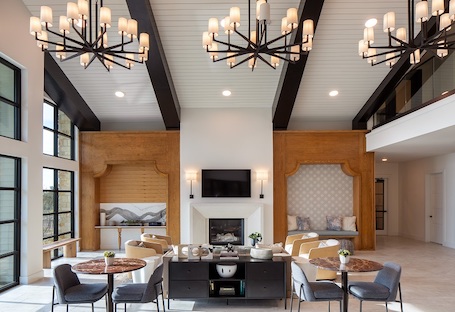Expect the office sector’s struggles to continue for the next five years … at least. That’s the sobering news from a new study from Clarify Capital.
According to Clarify Capital’s student, 16% of surveyed business owners who currently rent an office space plan to decrease or eliminate that space within the next year.
Clarify Capital found that an additional 24% of surveyed owners who currently rent an office space plan to do the same, ditching that space or downsizing it, within the next five years.
In its survey of 663 business owners, Clarify Capital found that one in five of those owners preparing to downsize or eliminate their office space are doing so because their employees prefer remote or hybrid work.
Owners in certain businesses are more likely to make this shift. Clarify Capital found that 44% of business owners in the marketing space plan to downsize or eliminate office space while 25% in the healthcare space and 24% in technology plan to do the same.
A total of 43% of buisness owners who told Clarify Capital that they want to reduce or eliminate their office space said they are making this move to reduce their costs. A total of 20% said that they are doing this because their employees prefer remote or hybrid work, while 14% are making this move because they need less office space because of efficiency improvements or changes to their business models.
There is some good news for office owners and brokers, though, in Clarify Capital’s report. Its survey found that 57% of surveyed business owners say they will keep the same amount of office space during the next year while 26% said that they will increase the amount of space they need.
And in the next five years? A total of 34% of surveyed business owners said that they would keep the same amount of office space during this period while 41% said that they would rent additional space.











